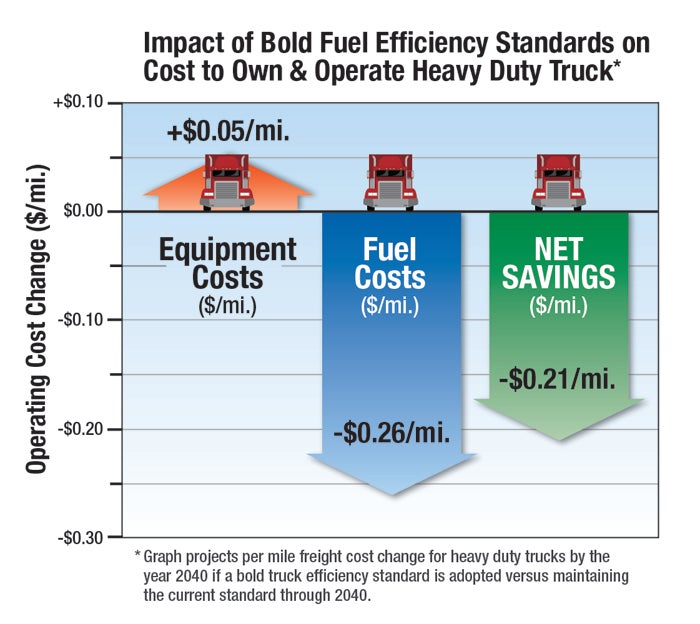This week and next, the U.S. Environmental Protection Agency (EPA) is holding hearings across the country on the proposed updates to our national smog (ground-level ozone) standards from their current level of 75 parts per billion (ppb) to 65 to 70 ppb. Exacerbated by the combustion of fossil-fuel power plants and car exhaust, ground-level ozone is the single most widespread air pollutant in the United States and is linked to severe respiratory health outcomes. Ozone poses a great threat to public health across America.
What is the issue?
Smog is a dangerous air pollutant that is linked to premature deaths, asthma attacks, and other serious heart and lung diseases. It is estimated that more than 140 million people live in areas with unhealthy levels of smog pollution. The very air we breathe is putting us at risk for adverse health outcomes such as premature deaths, increased asthma attacks and other severe respiratory illnesses, as well as increased hospital visits.
Does the proposal go far enough?
While EDF supports EPA’s proposal to strengthen these critical health protections, we believe that going even further, to 60 ppb, would provide the strongest protections for Americans and would be in line with what leading medical associations like the American Lung Association recommend.
Can this be achieved?
America has decades of experience innovating and cost-effectively cleaning up the air – and we can do so again to reduce smog pollution. From the Tier 3 tailpipe standards to the proposed Clean Power Plan, which would set the first-ever national limits on carbon pollution from existing power plants, the air across the country is becoming cleaner, showing us that we can have healthy air and a strong economy. In some American cities, we estimate that ozone is already declining each year thanks to important air regulations such as the Cross State Air Pollution Rule, but there is still work to do.
What can you do?
Voice your support for strong clean air standards! A strong smog standard will help ensure Americans know whether the air they are breathing is safe, and will drive much-needed pollution reductions. Our communities, our families, and our children are counting on EPA’s leadership in setting a strong ground-level ozone standard.
This post was adapted from an earlier post on EDF’s Texas Clean Air Matters blog














 EPA’s Clean Power Plan,
EPA’s Clean Power Plan,